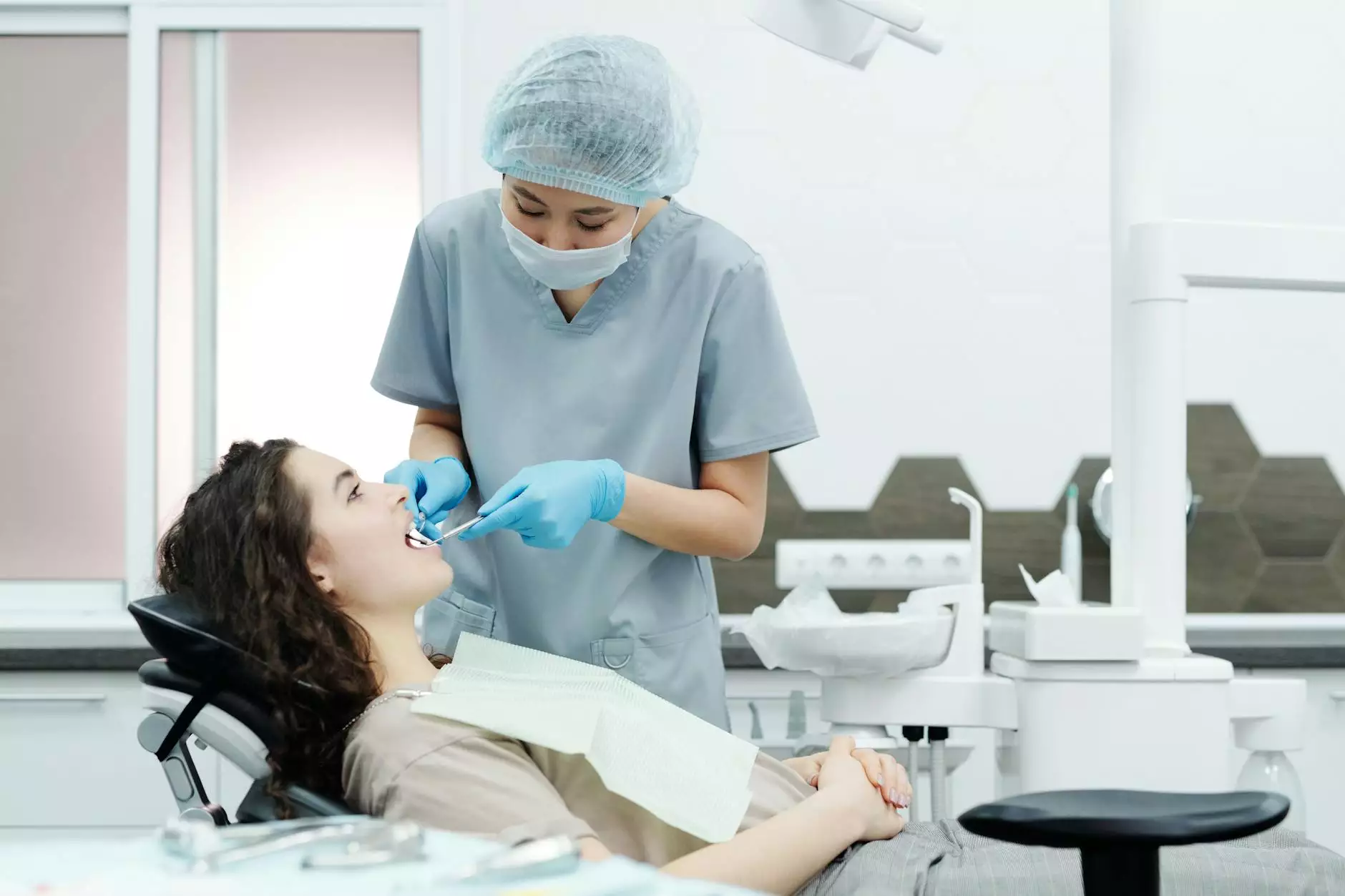A Comprehensive Guide to Hysteroscopy

A hysteroscopy is a crucial medical procedure within the realm of gynecology that allows healthcare providers to examine the interior of the uterus using a specialized instrument known as a hysteroscope. This minimally invasive technique provides vital insights into a woman’s reproductive health, helping to diagnose and address various conditions. In this article, we will delve into the intricacies of hysteroscopy, covering its purpose, procedure, types, benefits, as well as what patients can expect during recovery. Understanding hysteroscopy can empower women to make informed decisions about their health care.
What is Hysteroscopy?
Hysteroscopy is a procedure that involves the insertion of a thin, lighted tube (the hysteroscope) through the vagina and cervix into the uterus. This instrument is equipped with a camera that allows the doctor to view the inside of the uterus on a monitor. The procedure can be used both for diagnostic purposes and for treatment of various conditions. Some of the common issues that hysteroscopy can help diagnose or treat include:
- Uterine fibroids: Non-cancerous growths in the uterus that can cause various symptoms.
- Polyps: Growths on the lining of the uterus that can cause irregular bleeding.
- Uterine abnormalities: Congenital defects or structural issues within the uterine cavity.
- Endometrial hyperplasia: Thickening of the uterine lining, which can lead to abnormal bleeding and increase cancer risk.
- Assessment of infertility: Understanding potential uterine causes that may affect a woman's ability to conceive.
Types of Hysteroscopy
There are two main types of hysteroscopy:
1. Diagnostic Hysteroscopy
This type is performed to diagnose conditions affecting the uterus. It typically does not involve any surgical intervention but allows the doctor to gather more information about a patient’s symptoms and health issues.
2. Operative Hysteroscopy
Operative hysteroscopy not only allows for diagnosis but also includes treatment. During this procedure, the physician can remove fibroids, polyps, or perform other corrective measures under direct visualization.
The Hysteroscopy Procedure
The procedure for a hysteroscopy may vary slightly depending on whether it is diagnostic or operative, but the general steps are often quite similar:
Preparation
Prior to the procedure, patients may need to avoid certain medications, especially blood thinners. A consultation with the healthcare provider will include instructions tailored to individual health conditions.
During the Procedure
- Positioning: The patient will be positioned similar to a pelvic exam, lying on her back with her legs in stirrups.
- Anesthesia: Depending on the complexity, local anesthesia, sedation, or general anesthesia may be used. Most diagnostic procedures can be performed with local anesthesia.
- Insertion: The hysteroscope is gently introduced through the vagina and cervix into the uterus.
- Fluid Distension: A sterile solution is often infused to distend the uterine cavity, allowing for clearer visualization.
- Examination: The doctor examines the uterine lining for any abnormalities, capturing images as necessary.
- Surgical Intervention: If it is an operative hysteroscopy, specific instruments may be introduced through the hysteroscope to address any issues found.
After the Procedure
Once the procedure is completed, the patient will be monitored for a short period. In most cases, hysteroscopy is an outpatient procedure, meaning patients can go home the same day. Recovery recommendations may include:
- Resting for the remainder of the day.
- Avoiding vigorous activities for a few days.
- Monitoring for any unusual symptoms, such as heavy bleeding or fever.
Benefits of Hysteroscopy
The benefits of undergoing a hysteroscopy procedure are numerous:
- Minimally Invasive: Requires only small instruments rather than large surgical incisions, reducing recovery time.
- Immediate Results: Allows for immediate diagnosis and sometimes treatment, speeding up care.
- High Accuracy: Provides a clear visual of the uterine cavity for accurate diagnosis.
- Reduction in Future Surgeries: By addressing issues now, it may help prevent more invasive surgical procedures later on.
Risks and Considerations
As with any medical procedure, hysteroscopy carries certain risks. While complications are rare, it's essential to be informed:
- Infection: There is a slight risk of developing an infection post-procedure.
- Bleeding: Some patients may experience light to moderate bleeding following the procedure.
- Perforation: Rarely, the hysteroscope may touch or puncture the uterine wall.
- Adverse Reactions to Anesthesia: Depending on the type of anesthesia used, there can be side effects.
Preparing for a Hysteroscopy
Preparation for a hysteroscopy is crucial to ensure the best possible outcome. Here are some steps you can take:
- Discuss Concerns: Speak openly with your healthcare provider about any concerns or questions you may have regarding the procedure and its necessity.
- Follow Pre-Procedure Instructions: Adhere closely to any dietary or medication restrictions advised by your doctor.
- Arrange Transportation: If sedation or general anesthesia is used, make arrangements for someone to drive you home.
Understanding the Recovery Process
Recovery after a hysteroscopy is generally straightforward. Most women can return to normal activities within a few days. Here are some things to keep in mind:
- Monitor Your Symptoms: Keep track of any unusual symptoms, such as heavy bleeding or severe pain, and report these to your healthcare provider.
- Avoid Certain Activities: Refrain from using tampons, douching, or engaging in sexual intercourse for at least a couple of days to allow clearance and healing.
- Schedule Follow-ups: Attend follow-up appointments as recommended to monitor recovery and discuss any findings from the procedure.
Conclusion
In conclusion, a hysteroscopy is a powerful diagnostic and therapeutic tool in gynecology that provides valuable insights into a woman's reproductive health. It allows healthcare providers to identify potential issues early, leading to effective treatments and improved health outcomes. If you think you may benefit from this procedure or have any concerns related to your uterine health, do not hesitate to reach out to your healthcare provider. Understanding your options is the first step toward taking control of your health.
At Dr. Seckin's practice, comprehensive care and patient education are priorities. If you are considering a hysteroscopy or have any inquiries regarding women's health, our team is here to guide you through every step of the process.









